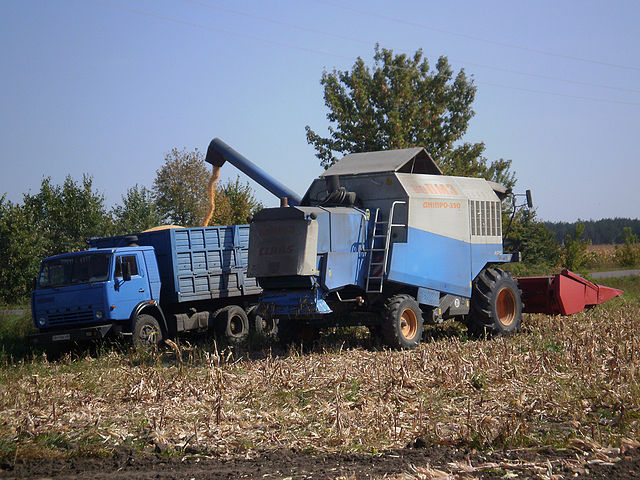Ukraine will walk the line of agricultural export controls as a future European Union (EU) member but will limit exports, says an official. The country applied for EU membership on February 28, 2022, just after invasion by Russia amid trans-European grain shipment huddles.
According to Andrei Dikun of the Ukrainian Agri Council, the nation will limit agri-food exports to the bloc to 20%.
While it caps shipments to the EU as its biggest trading destination, Ukraine will maintain its other traditional export markets.
The former Soviet country supports the European Green Deal but resents strict food safety policies just like other EU members.
Despite admitting the fear of policies, Dikun clarified that his country is not joining the EU merely to access farmers’ “subsidies.”
The official also hopes that the European Parliament will alter the EU Common Agricultural Policy (CAP) on behalf of his country.
With an aim to revitalise the rural agricultural landscape and benefit farmers across the bloc, CAP 2023-27 has links with the European Green Deal.
The green deal proposes to cut net emissions by 55% come 2030 from 1990 levels through such measures as low pesticide use. Its latest drive towards this aim is purging all non-recyclable plastic food wrappings by 2030.
Economic Benefits of Membership
Despite these tough compliances, Ukraine might reap benefits for its agricultural industry due to free access to lucrative markets.
Analysts cite that the country’s oilseed and cereal sectors could expand by 20% while harmful production practices could reduce by 16% upon EU membership.
Ukraine’s agri-food exports made up 60% of all exports in 2023, which could improve after joining the rich market.
In 2023, the country exported $12.5 billion in agricultural commodities to the EU, mainly corn, oilseeds, wheat and soybeans. Could this amount expand in coming years upon gaining full membership? The statistics below explore this question by reviewing current bilateral trade relationship with the EU.
Ukraine Agricultural Exports to the EU Statistics
Ukraine is a major trading power and the world’s 57th biggest economy by GDP (2023). The country’s agricultural goods hover between 41% (2021) and 60% (2023) of its annual total exports. The European Union remains Ukraine’s biggest single export destination with a 56% world share, the bulk of the shipments being agricultural.
Which are Ukraine’s biggest agricultural exports?
Out of the $40 billion in total multi-industry exports in 2023, the three top shipments were all agricultural. These include corn ($5.4 billion), oilseeds ($5.2 billion) and wheat ($3.6 billion), according to OEC. Only iron ore came close as a non-agricultural commodity, in the fourth place.
How valuable are agri-food exports from Ukraine to the EU?
The European Union amasses a lion’s share of the agricultural exports by Ukraine. In 2023, for example, the EU (27) received $12.5 billion in agricultural goods from Ukraine. This was nearly 1/3rd of the country’s total export turnover of $40 billion. To put this into context, the annual agricultural export revenue by the eastern European country averages $27 billion, as of 2021.
Which are the top agri-food exports from Ukraine to Europe?
According to the EU Commission, Ukraine sells 56% of its goods to the EU, as of 2023. Of these exports, agri-food goods constitute the lion’s share. Cereals make up 21.9% of all exports, followed by animal/vegetable fats at 9.2%. Iron ore and ash come next at 8.3% while oilseeds finish the top 4 at 8.2%.
